Home>Gardening & Outdoor>Landscaping Ideas>How Long Will Rye Grass Last
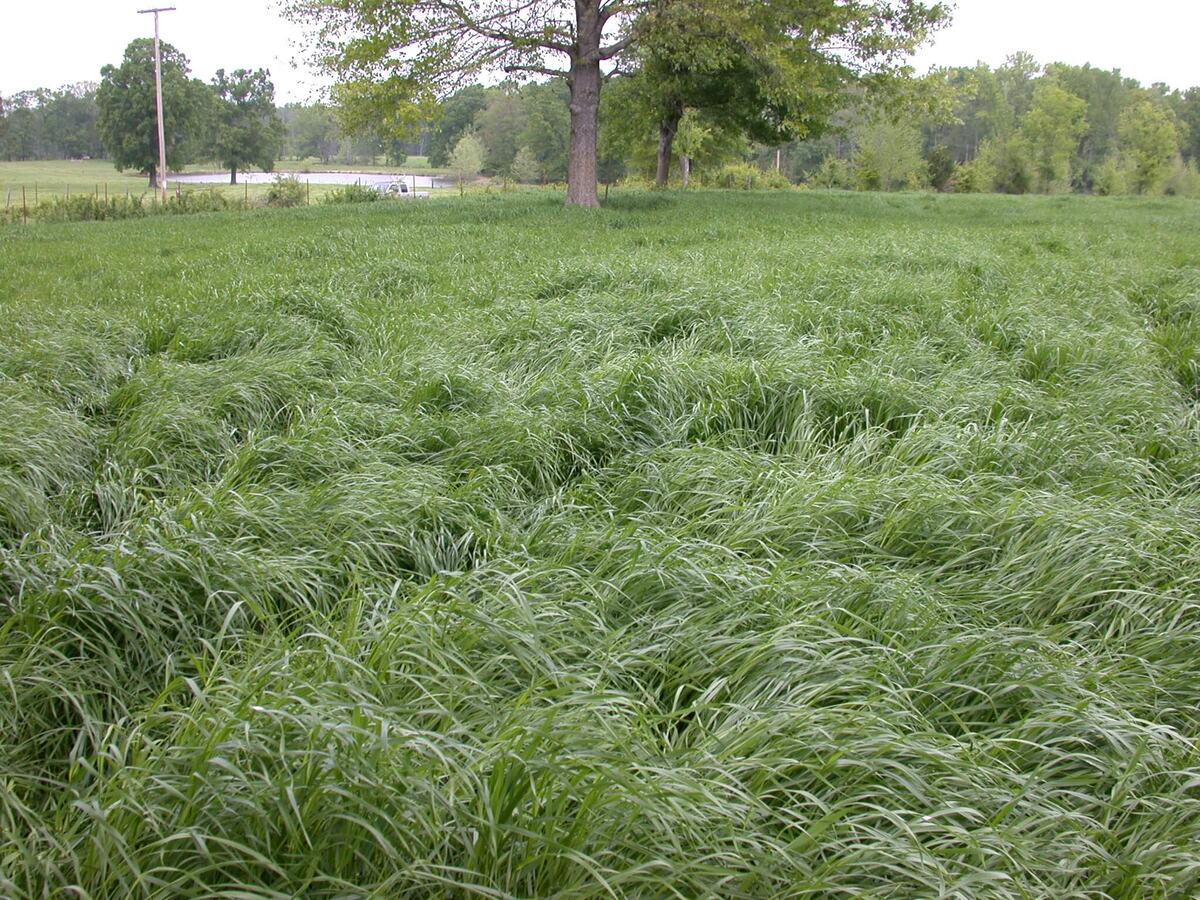

Landscaping Ideas
How Long Will Rye Grass Last
Modified: April 1, 2024
Discover the best landscaping ideas with rye grass for long-lasting beauty and functionality. Learn how to make the most of your outdoor space with expert tips and advice.
(Many of the links in this article redirect to a specific reviewed product. Your purchase of these products through affiliate links helps to generate commission for Storables.com, at no extra cost. Learn more)
Introduction
Rye grass, a cool-season grass known for its lush green appearance and quick establishment, is a popular choice for lawns, sports fields, and pastures. Its ability to thrive in a variety of climates and soil conditions makes it a versatile and attractive option for many homeowners and landscapers. However, the longevity of rye grass can vary depending on several factors, including environmental conditions, maintenance practices, and the specific variety of rye grass used.
In this article, we will explore the factors that can affect the longevity of rye grass and provide valuable insights into managing rye grass to maximize its lifespan. Whether you are a homeowner looking to maintain a vibrant lawn or a landscaping professional seeking to enhance the durability of rye grass in your projects, understanding the key elements that impact its longevity is essential. By implementing proper care and maintenance strategies, you can ensure that your rye grass remains healthy and vibrant for an extended period, enhancing the beauty and functionality of your outdoor spaces. Let's delve into the details of what influences the longevity of rye grass and how to optimize its lifespan for optimal results.
Key Takeaways:
- Rye grass longevity is influenced by climate, soil quality, watering, mowing, fertilization, and variety selection. Proper care and proactive management can maximize its lifespan, ensuring vibrant and resilient outdoor spaces.
- Effective management practices, including soil preparation, watering, mowing, fertilization, aeration, pest control, overseeding, and monitoring, are crucial for maximizing the longevity of rye grass. These strategies promote enduring health and vitality in outdoor landscapes.
Read more: How Long For Rye Grass Seed To Sprout
Factors Affecting the Longevity of Rye Grass
The longevity of rye grass is influenced by various factors that encompass environmental conditions, maintenance practices, and the inherent characteristics of the grass itself. Understanding these factors is crucial for establishing and maintaining a thriving rye grass lawn or landscape. Here are the key elements that can impact the longevity of rye grass:
- Climate: Rye grass longevity is significantly influenced by the climate in which it is grown. It thrives in cool, temperate regions and may struggle in extreme heat or cold. Harsh weather conditions can stress rye grass, affecting its overall lifespan.
- Soil Quality: The quality and composition of the soil play a vital role in determining the longevity of rye grass. Well-draining, fertile soil that provides essential nutrients and proper pH levels can contribute to the grass’s longevity and overall health.
- Watering: Adequate and consistent watering is essential for the longevity of rye grass. Insufficient water can lead to stress and premature aging, while overwatering can create an environment conducive to diseases that can impact the grass’s lifespan.
- Mowing Height: Proper mowing practices, including maintaining the correct mowing height, can significantly impact the longevity of rye grass. Cutting the grass too short can weaken it, making it more susceptible to stress and diseases.
- Fertilization: Providing the right balance of nutrients through regular fertilization can enhance the longevity of rye grass. A well-nourished lawn is better equipped to withstand environmental stressors and maintain its vigor over time.
- Disease and Pest Control: Effective management of diseases and pests is crucial for preserving the longevity of rye grass. Regular monitoring and prompt intervention can prevent issues that might compromise the grass’s lifespan.
- Variety Selection: The choice of rye grass variety can impact its longevity. Some varieties are bred for improved resilience and longevity, making them better suited for enduring various environmental and maintenance challenges.
By considering and addressing these factors, you can proactively promote the longevity of rye grass in your outdoor spaces. The next section will delve into effective strategies for managing rye grass to maximize its lifespan.
Rye grass typically lasts for one to two years before it needs to be reseeded. Proper maintenance, including regular watering and fertilizing, can help extend its lifespan.
Managing Rye Grass to Maximize Longevity
Proper management practices are essential for maximizing the longevity of rye grass, ensuring that it remains healthy, vibrant, and resilient over time. By implementing the following strategies, homeowners and landscaping professionals can promote the enduring beauty and functionality of rye grass in their outdoor environments:
- Soil Preparation: Prior to planting rye grass, it is crucial to prepare the soil adequately. Conduct a soil test to assess its pH and nutrient levels, and amend it as necessary to create an optimal growing environment for the grass.
- Appropriate Watering: Establish a consistent watering schedule to ensure that rye grass receives adequate moisture without becoming waterlogged. Deep, infrequent watering promotes healthy root growth and enhances the grass’s ability to withstand environmental stress.
- Mowing Practices: Set the mower at the appropriate height for rye grass, typically around 2 to 3 inches, to maintain its vigor and resilience. Avoid removing more than one-third of the grass blade length in a single mowing session to prevent stress and promote healthy growth.
- Fertilization: Develop a fertilization schedule based on the specific needs of rye grass, providing essential nutrients at the right times to support its longevity. Consider using a slow-release fertilizer to ensure consistent nourishment over an extended period.
- Aeration: Periodic aeration of the soil can enhance the longevity of rye grass by improving root development, promoting better nutrient uptake, and reducing soil compaction, allowing the grass to thrive more effectively.
- Integrated Pest Management: Implement an integrated approach to pest management, incorporating cultural, biological, and, if necessary, chemical control methods to prevent pest-related issues that can compromise the grass’s longevity.
- Overseeding: Depending on the specific variety of rye grass and environmental conditions, overseeding may be beneficial for rejuvenating the lawn and extending the overall lifespan of the grass.
- Monitoring and Maintenance: Regularly inspect the lawn for signs of stress, disease, or pests, and address any issues promptly to prevent them from escalating and impacting the longevity of the rye grass.
By integrating these management practices into your lawn care routine, you can create an environment that promotes the long-term health and vitality of rye grass, ensuring that it remains an enduring feature of your outdoor landscape.
Conclusion
Rye grass, with its lush appearance and adaptability, is a valuable addition to lawns, sports fields, and landscapes. The longevity of rye grass is influenced by a combination of environmental factors, maintenance practices, and the specific variety of rye grass utilized. By understanding these influences and implementing effective management strategies, homeowners and landscaping professionals can maximize the lifespan of rye grass, ensuring that it remains vibrant and resilient over time.
Factors such as climate, soil quality, watering, mowing practices, fertilization, disease and pest control, and variety selection all play pivotal roles in determining the longevity of rye grass. By carefully considering these factors and addressing them proactively, individuals can create an environment that fosters the enduring health and beauty of rye grass in their outdoor spaces.
Effective management practices, including proper soil preparation, appropriate watering, strategic mowing, timely fertilization, aeration, integrated pest management, overseeding, and vigilant monitoring, are crucial for maximizing the longevity of rye grass. By integrating these practices into their lawn care routines, individuals can create an environment that supports the long-term health and vitality of rye grass, ensuring that it remains a resilient and attractive component of their outdoor landscapes.
Ultimately, by prioritizing the factors that influence rye grass longevity and implementing proactive management strategies, individuals can cultivate thriving and enduring rye grass lawns and landscapes. With the right care and attention, rye grass can continue to enhance outdoor environments, providing lush greenery and functional beauty for years to come.
Frequently Asked Questions about How Long Will Rye Grass Last
Was this page helpful?
At Storables.com, we guarantee accurate and reliable information. Our content, validated by Expert Board Contributors, is crafted following stringent Editorial Policies. We're committed to providing you with well-researched, expert-backed insights for all your informational needs.
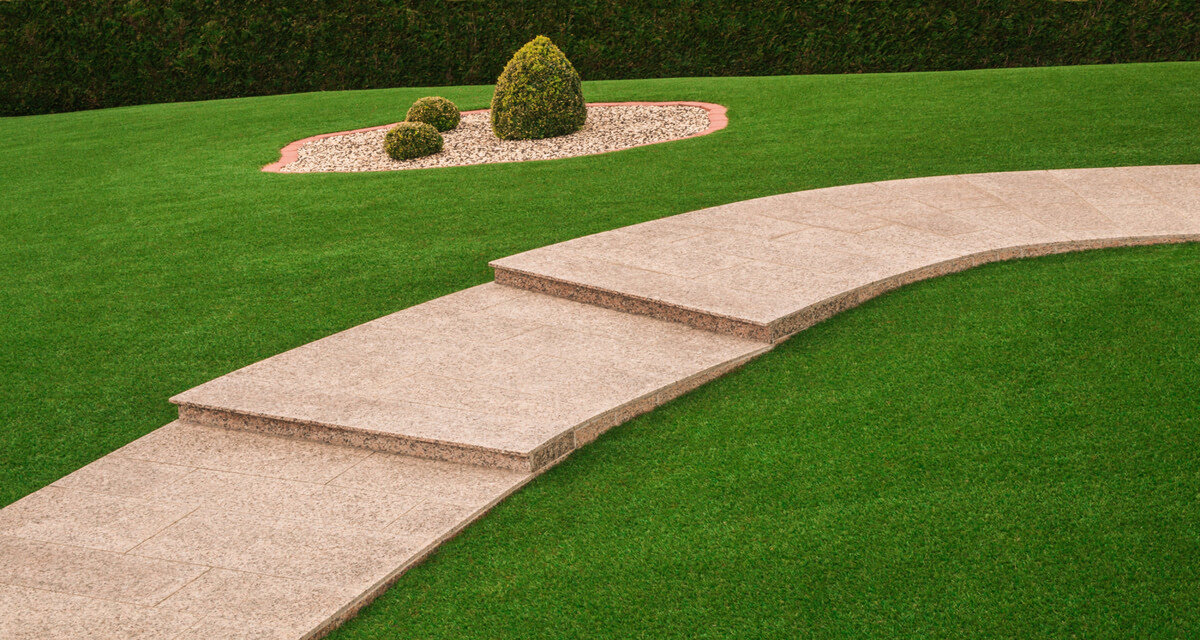
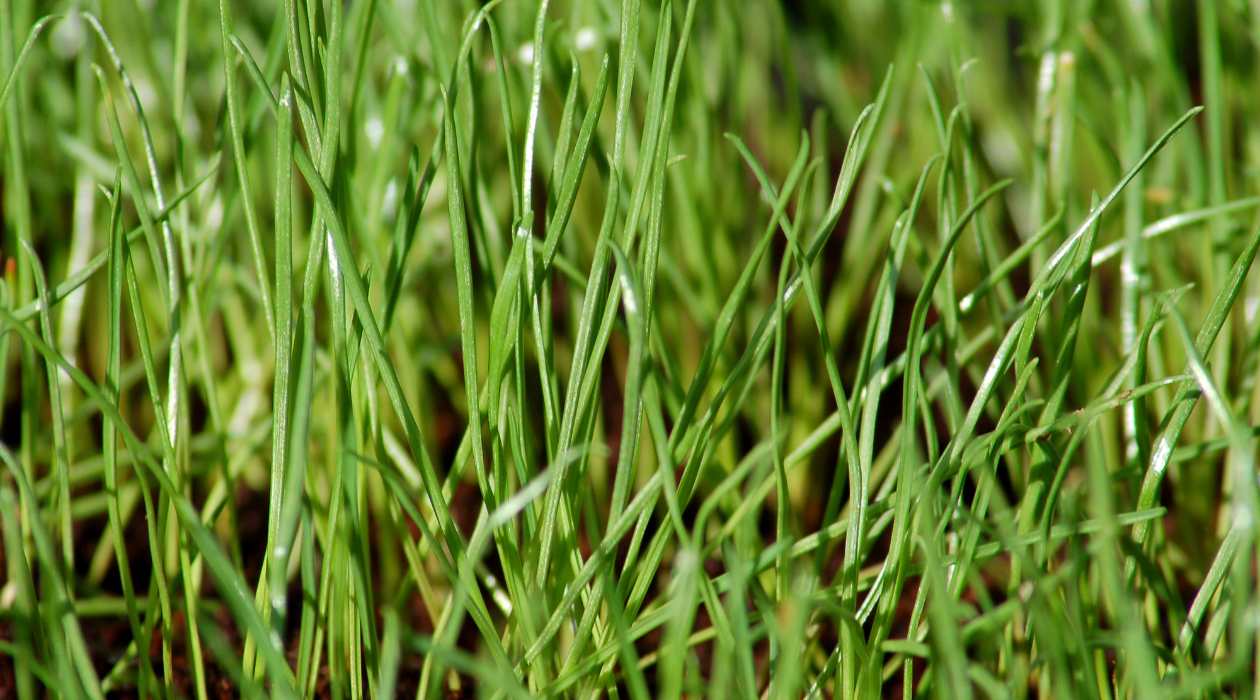
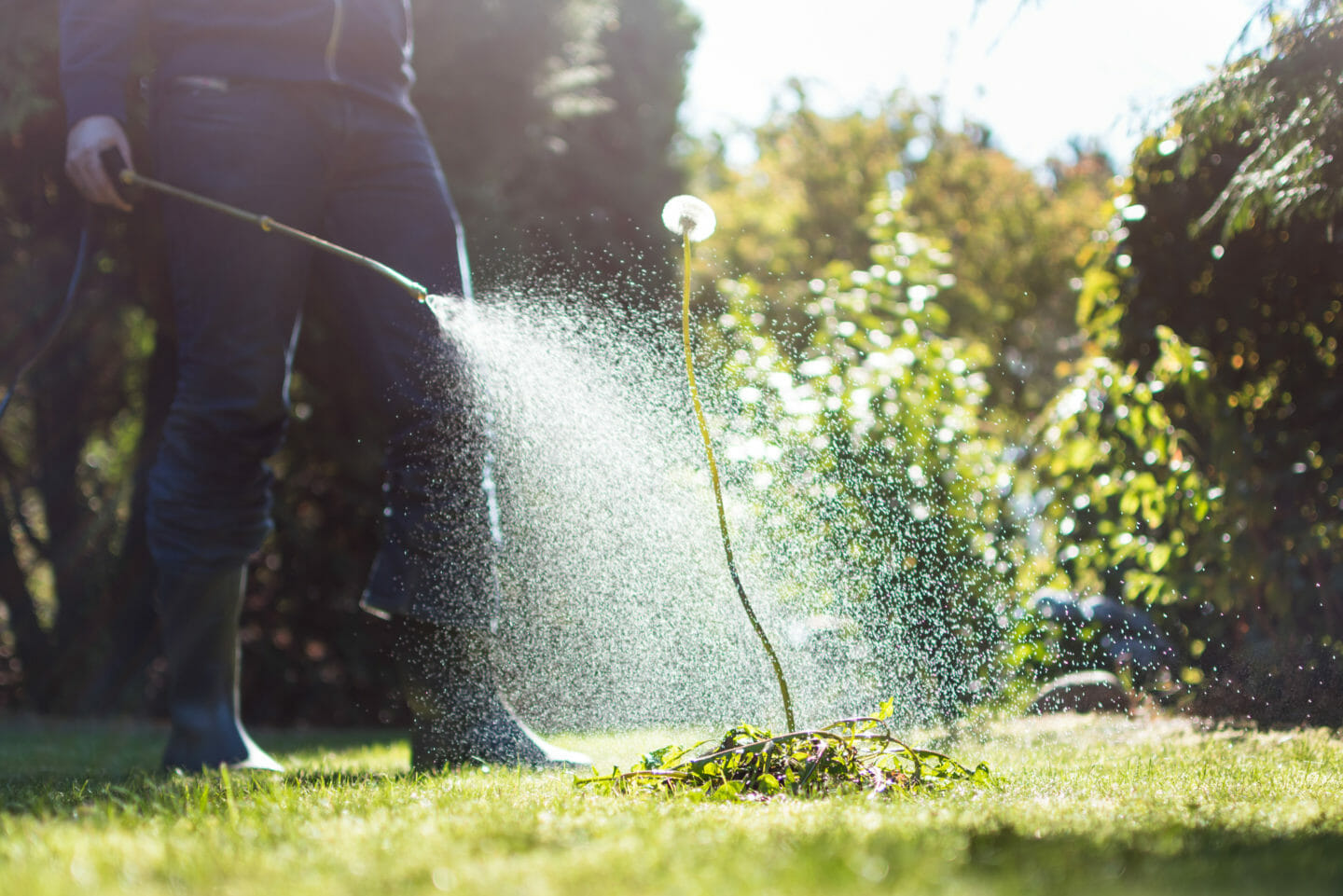
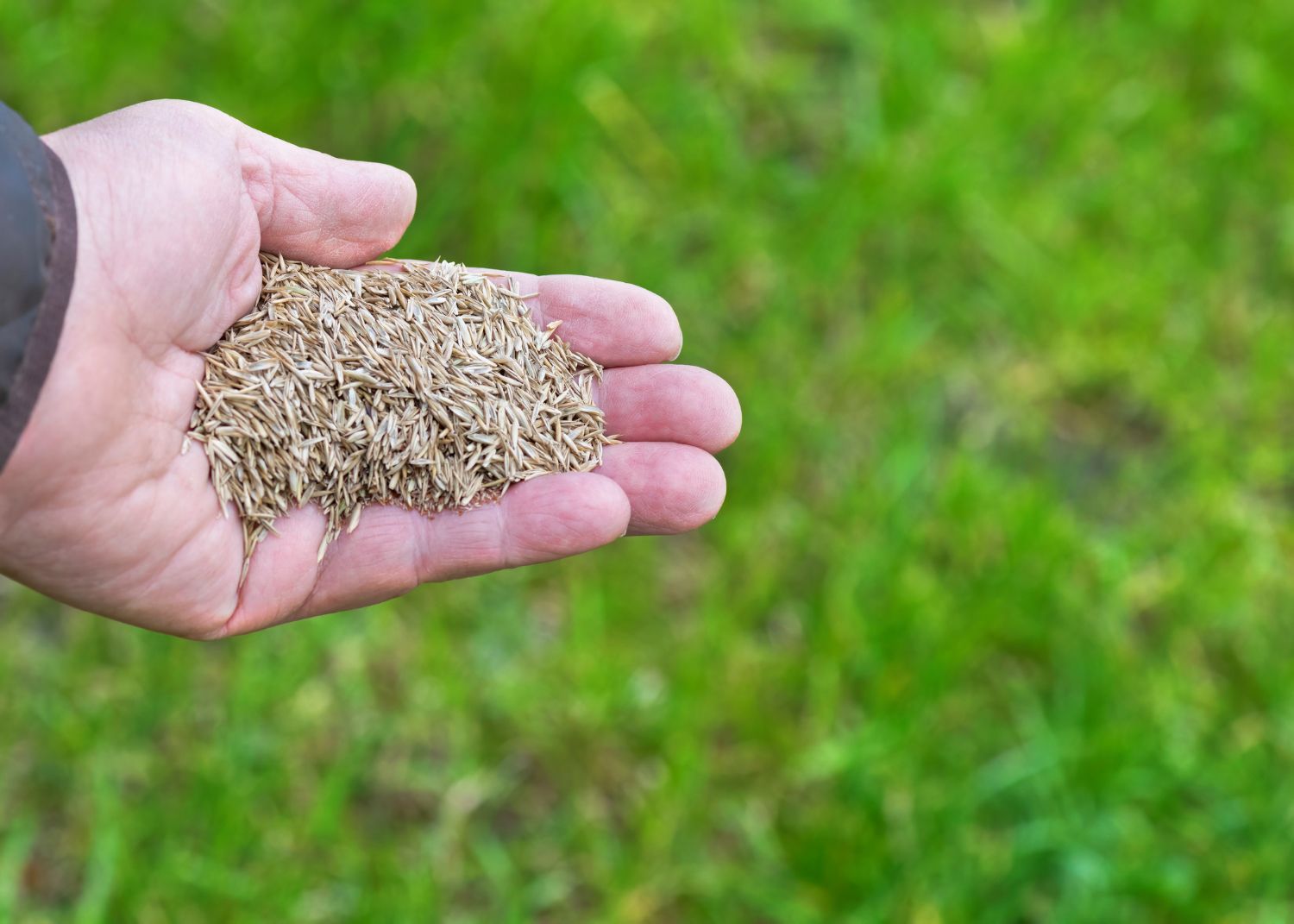
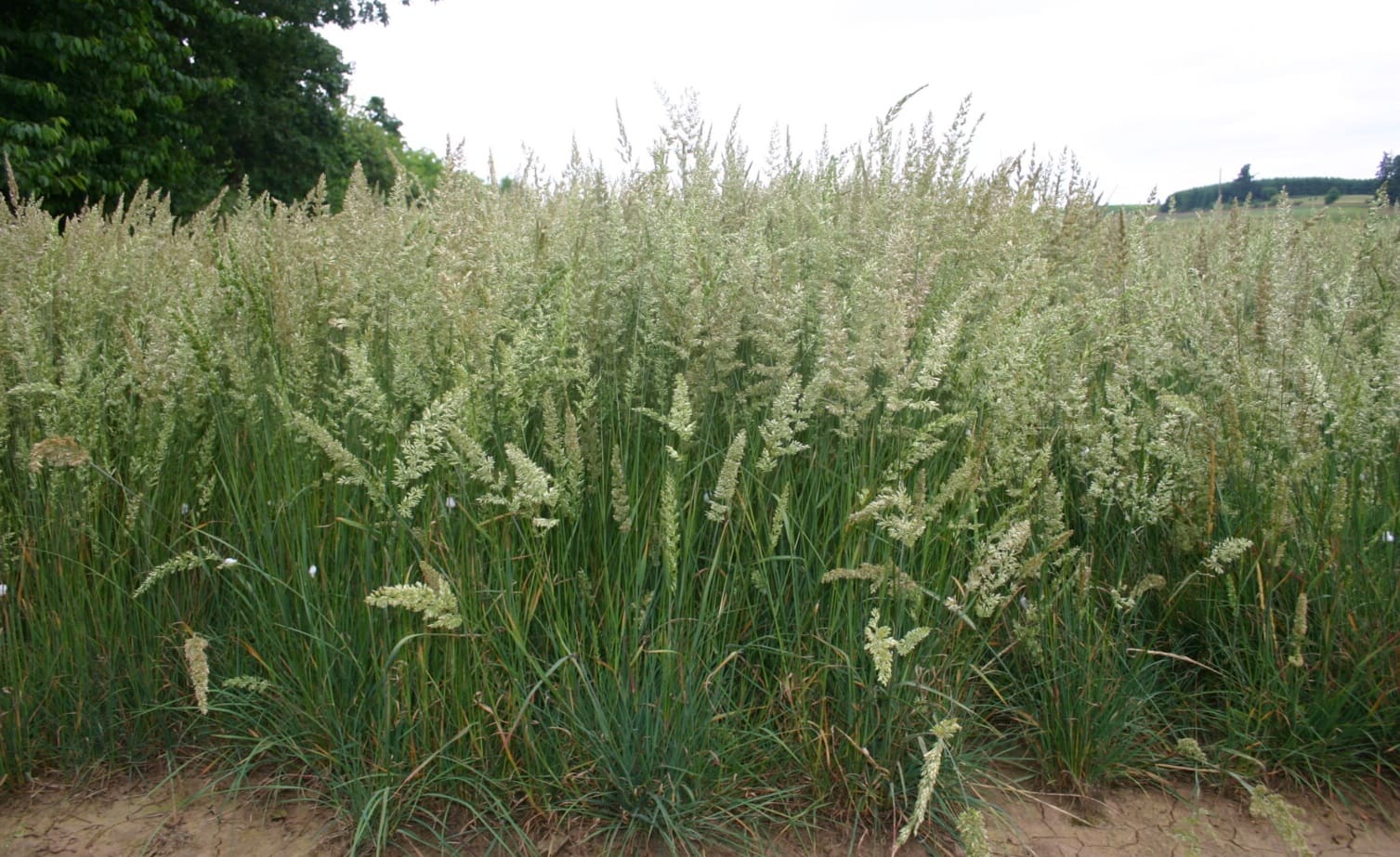
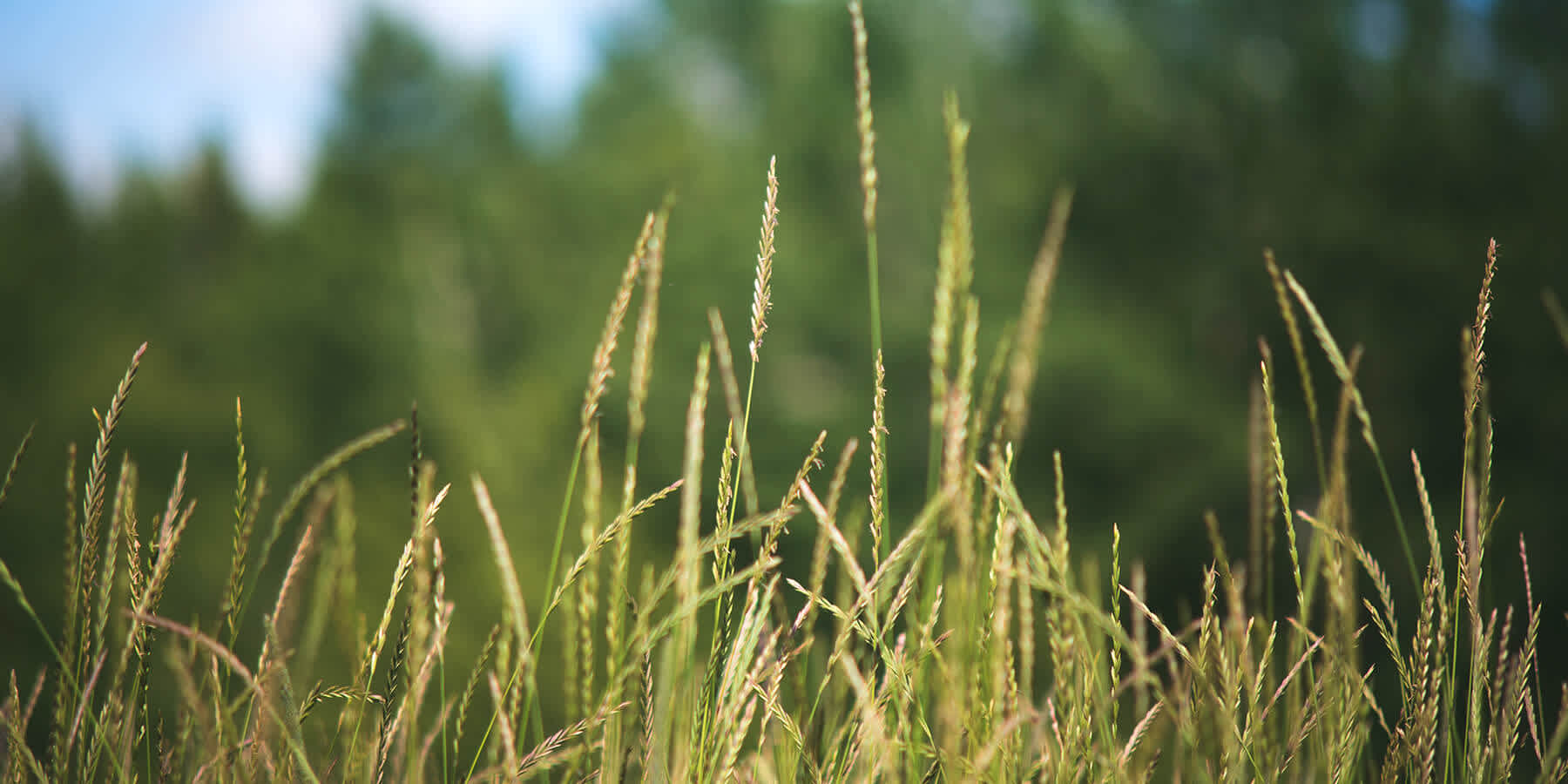
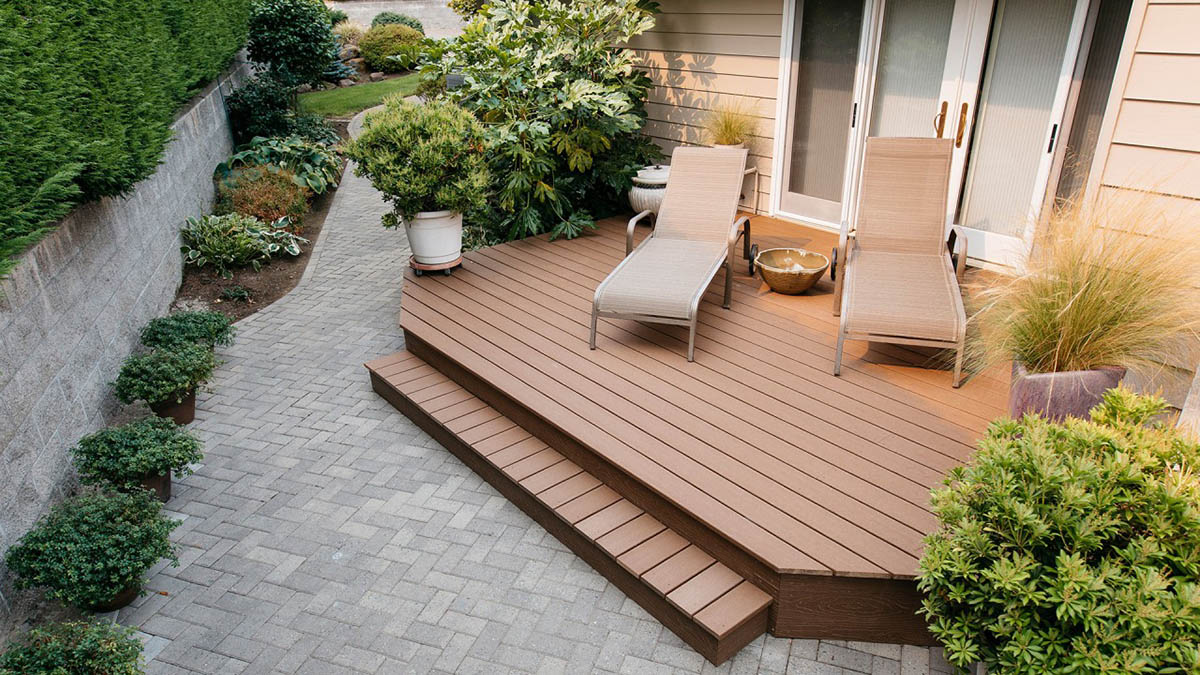
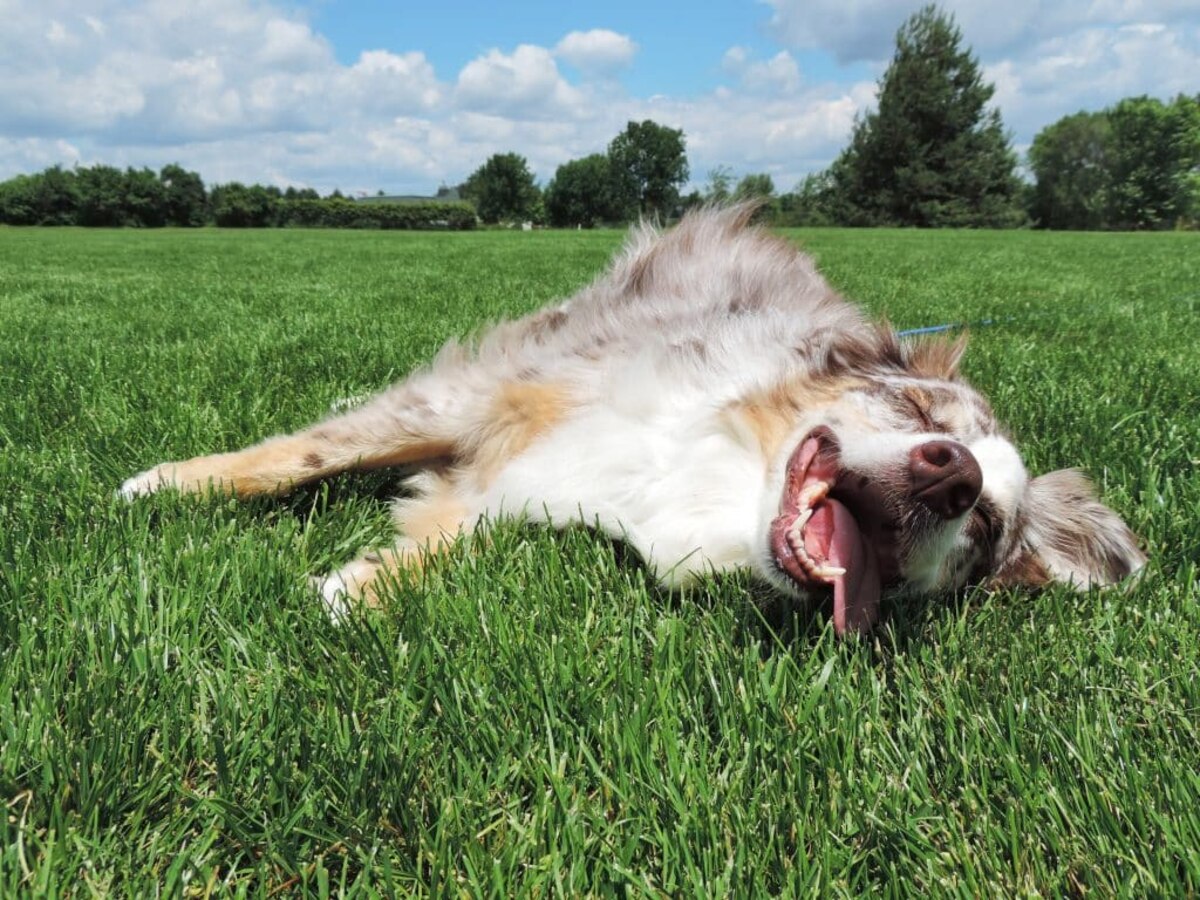
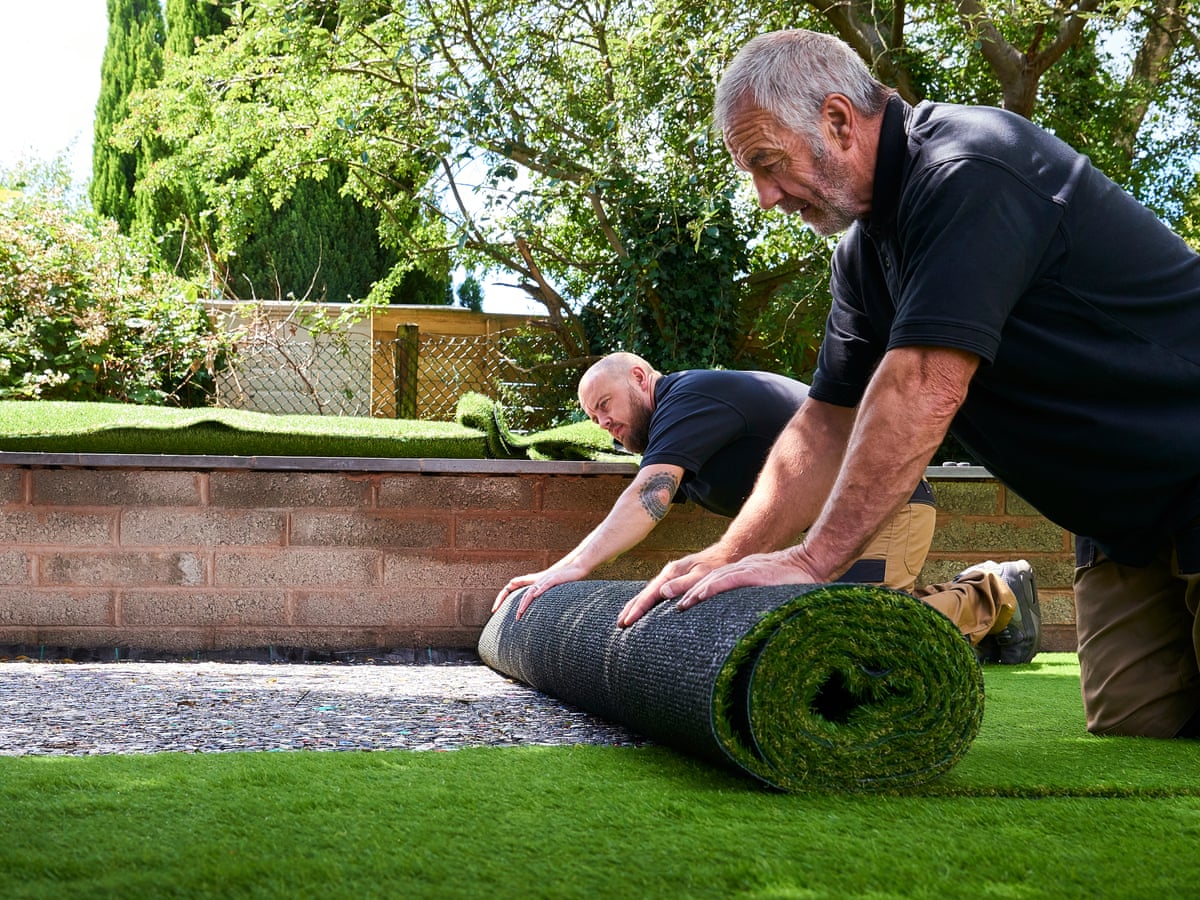
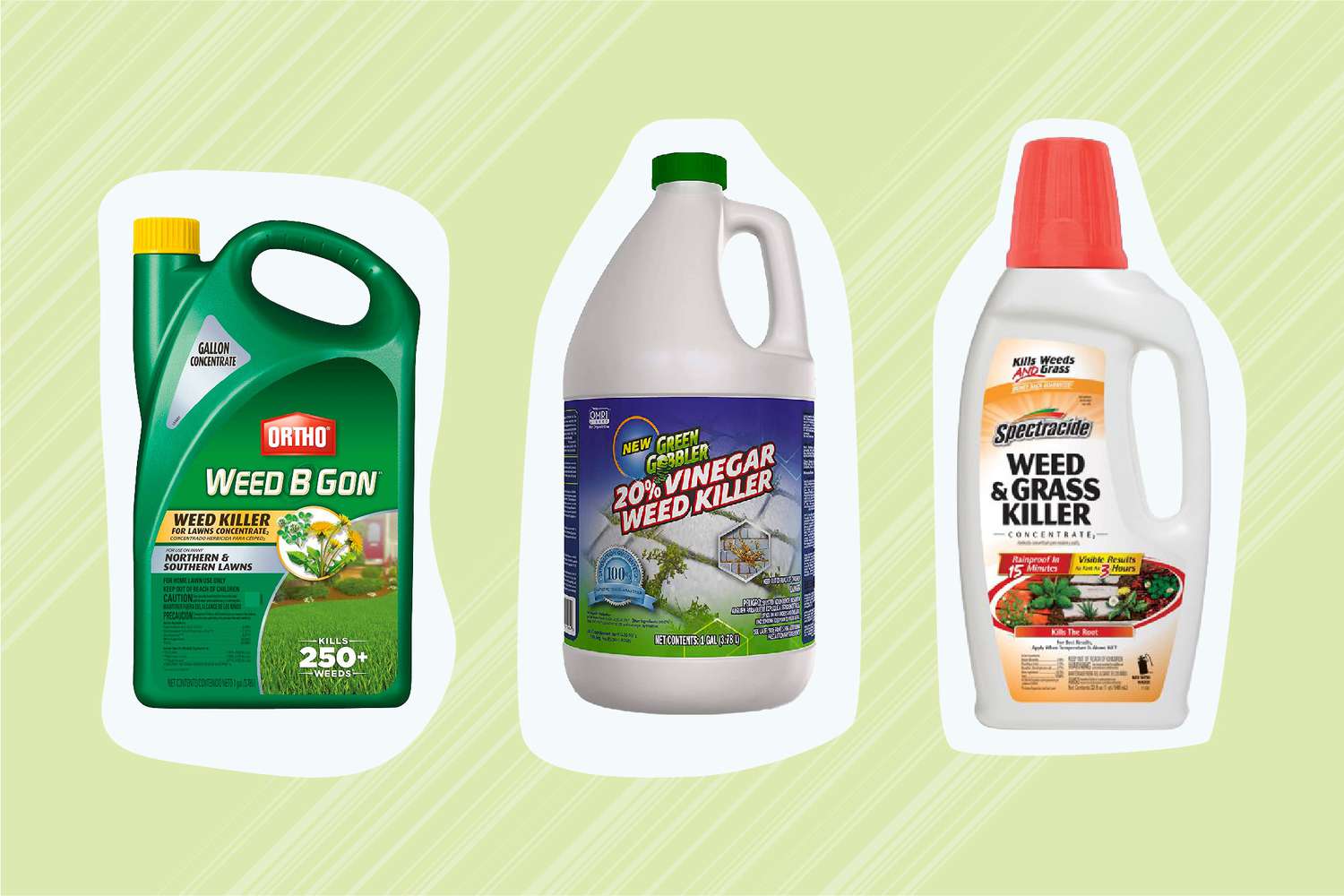



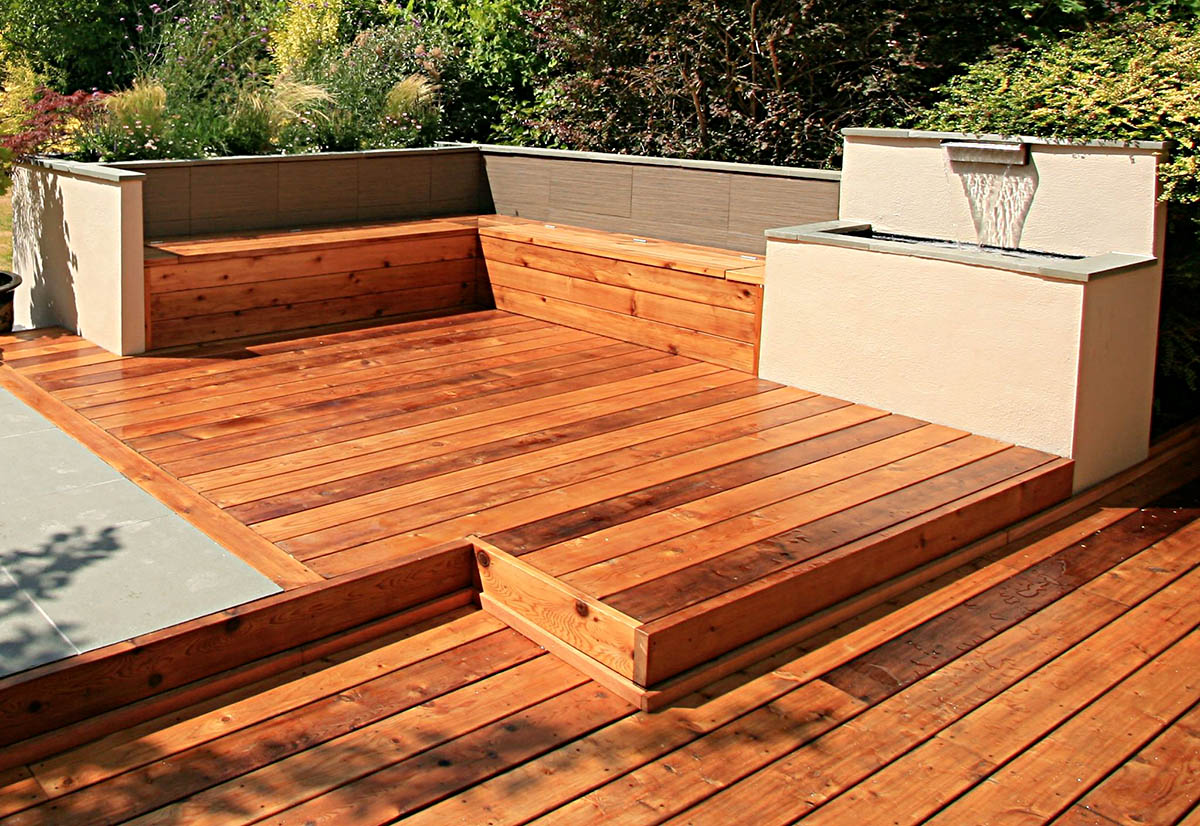
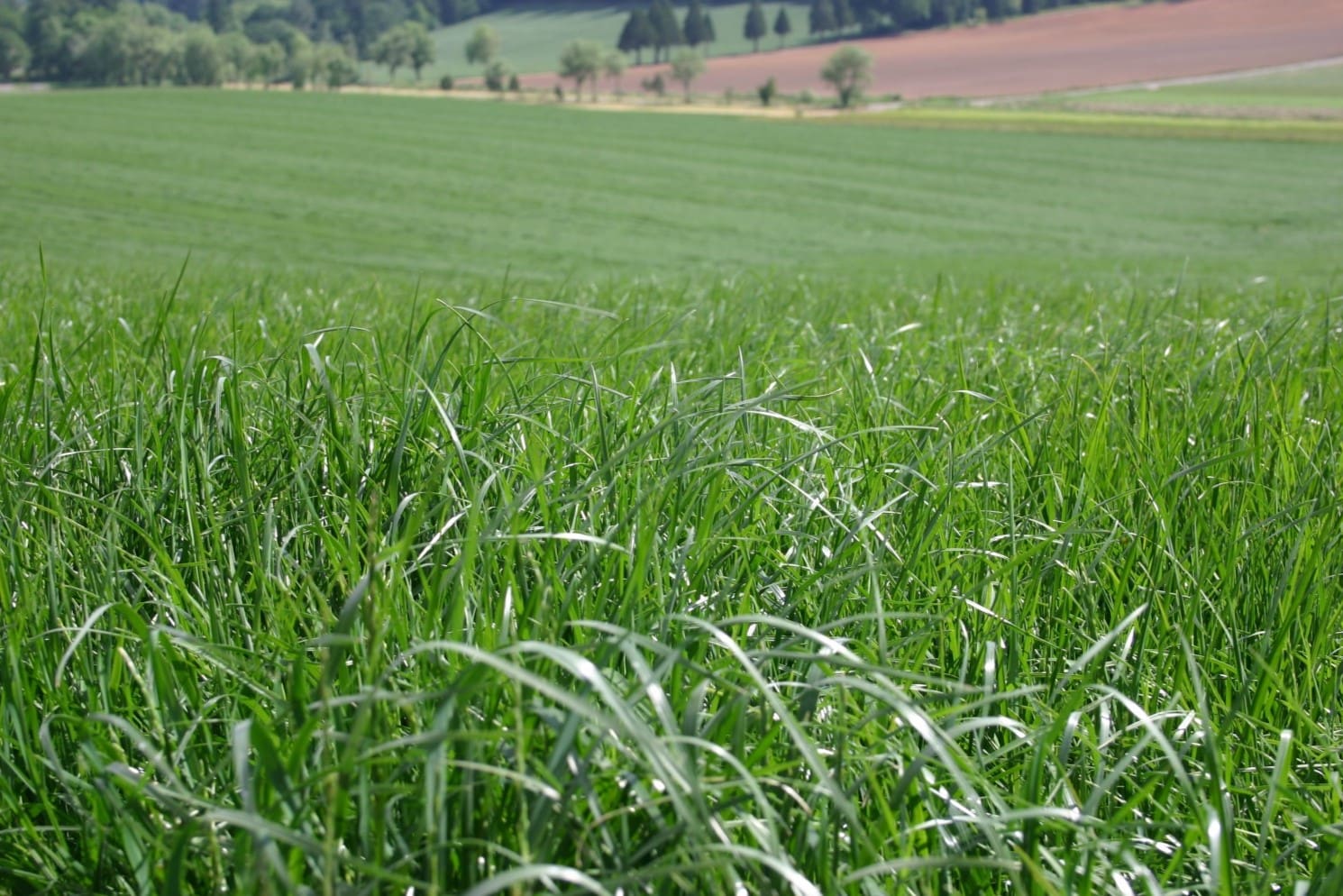

0 thoughts on “How Long Will Rye Grass Last”